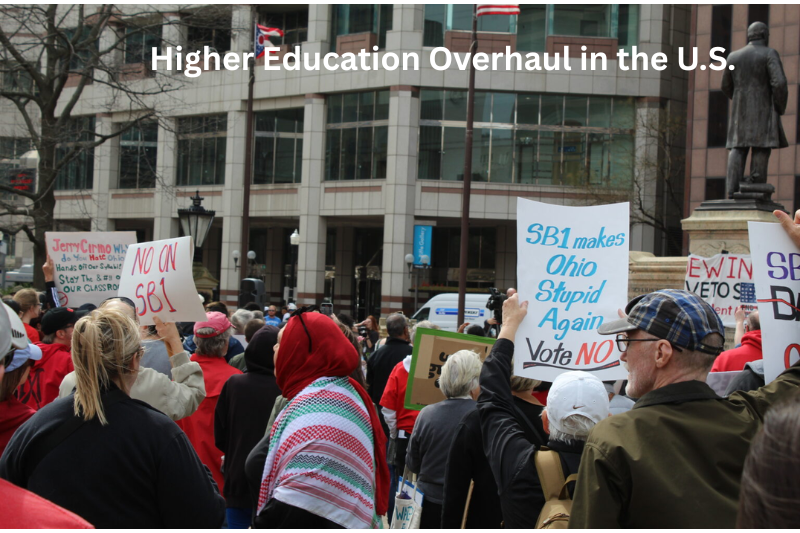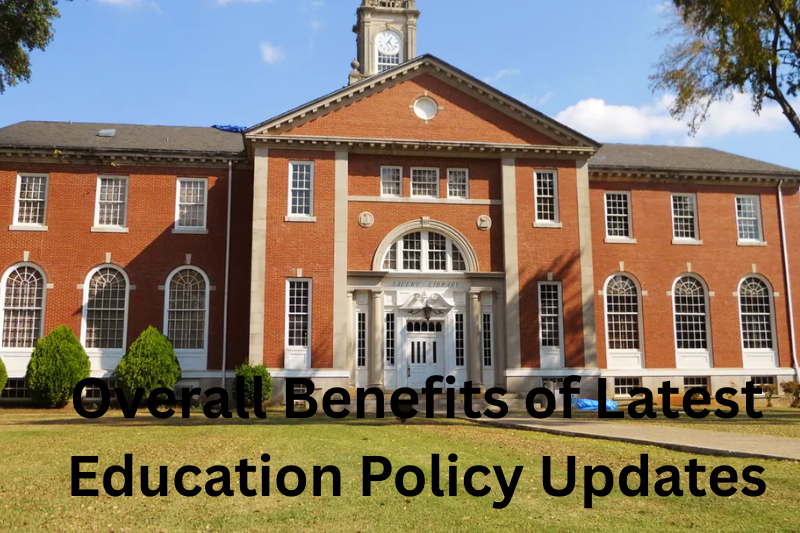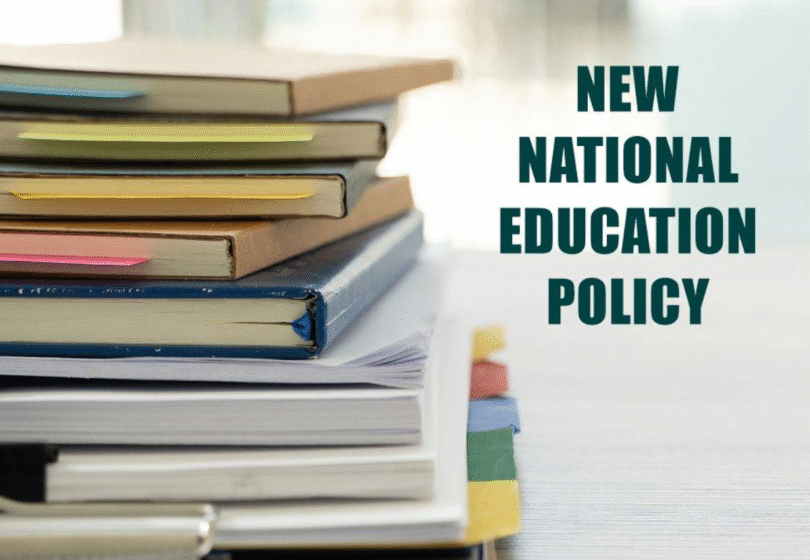Hey! Let’s talk about the latest education policy updates that are shaping how students learn, how teachers teach, and how schools operate. Whether you’re a student, parent, or just curious, this guide will make things simple and easy to understand. We’ll also discuss the benefits and drawbacks of these changes so you get the full picture.
1. Higher Education Overhaul in the U.S.

What’s Happening?
The U.S. Congress passed a massive policy that:
- Limits federal student loans for graduate students and parents.
- Introduces a simplified repayment system.
- Creates a new accountability system where colleges are judged based on their graduates’ earnings.
- Expands Pell Grant eligibility for short-term training programs.
- Increases endowment taxes for wealthy universities.
Benefits:
✅ Reduces unnecessary borrowing and student debt.
✅ Encourages colleges to offer programs that actually lead to good jobs.
✅ More support for vocational and short-term career programs through Pell Grants.
✅ Helps small, less-wealthy colleges by exempting them from extra taxes.
Drawbacks:
❌ Borrowing caps might limit access for students from lower-income families who need extra funds.
❌ Colleges might prioritize high-earning programs and neglect fields like arts or education.
❌ The new accountability system could unfairly penalize institutions serving underprivileged communities.
2. AI in K–12 Education: Federal Backing
What’s Happening?
The U.S. Department of Education is pushing for the use of AI-powered tools in schools. They’re encouraging schools to:
- Use federal funds to buy AI-driven learning platforms.
- Adopt AI tutors, career counselors, and adaptive learning systems.
Benefits:
✅ Personalized learning experiences for students (every child learns at their own pace).
✅ Reduces workload on teachers with automated grading and support.
✅ Helps identify struggling students early through data analytics.
✅ Prepares students for an AI-driven future workforce.
Drawbacks:
❌ Major concerns about student data privacy and security.
❌ Risk of algorithmic bias where AI may favor certain groups over others.
❌ Many schools may lack the expertise to manage AI systems properly.
❌ Teachers fear AI might replace their role instead of supporting it.
3. Title IX Enforcement on Gender Policies in Virginia
What’s Happening?
The U.S. Department of Education ruled that several school districts in Virginia violated Title IX by allowing transgender students to use facilities that match their gender identity. Schools have been ordered to reverse these policies or face penalties.
Benefits:
✅ Ensures that schools follow federal laws uniformly across states.
✅ Addresses concerns from parents and groups who believe in traditional gender-specific policies.
✅ Promotes a legal framework to handle gender-based disputes in schools.
Drawbacks:
❌ Restricts division among communities, turning schools into political battlegrounds.
❌ Creates confusion for educators who are caught between federal and state-level policies.
4. State-Level K–12 Education Trends
What’s Happening?
Most U.S. states are focusing on:
- Literacy and math reforms based on scientific methods.
- Increased funding for mental health and workforce readiness programs.
- Banning harmful reading strategies like “three-cueing”.
- Controversies around phone bans in schools and school choice policies.
Benefits:
✅ Stronger foundation in reading and math for young students.
✅ Supports students’ emotional and mental well-being.
✅ Equips students with skills for real-world jobs.
✅ Empowers parents to choose better schooling options for their children.
Drawbacks:
❌ Rapid reforms may overwhelm teachers who need retraining.
❌ “School choice” programs could divert funds from public schools, widening inequalities.
❌ Banning mobile phones can face pushback from students and parents who see them as learning tools.
You may also like to raed these posts:
AI in Education: Revolutionizing the Way We Learn (Complete Guide
The Future of Tech in Schools: A Complete Guide to What’s Next
Must-Read Educational Books: Your Ultimate Guide to Learning & Growth
Free Learning Resources Online: The Ultimate Guide to Learning Without Spending Money
5. Global Education Policy Updates
Key Updates:
- AI policies in education are still lacking in most countries, leading to inconsistencies in governance.
- Greece is overhauling its education system with:
- 10,000 new permanent teachers.
- Thousands of smartboards.
- Curriculum reforms linked to UN Sustainable Development Goals (SDGs).
- 10,000 new permanent teachers.
- India (Maharashtra) is revamping its curriculum for classes 3–10 by:
- Dropping the third language requirement.
- Emphasizing environment, entrepreneurship, and vocational training.
- Reducing art diploma duration from 4 years to 3.
- Dropping the third language requirement.
Benefits:
✅ AI-driven learning can democratize education if properly regulated.
✅ Greece’s reforms modernize classrooms and make education more future-ready.
✅ India’s focus on vocational training improves employability among youth.
✅ Cutting diploma duration reduces student costs and time-to-employment.
Drawbacks:
❌ Lack of AI governance can expose students to privacy risks.
❌ Rapid digitalization can leave underfunded schools behind.
❌ Reducing program durations may dilute academic depth if not handled carefully.
❌ Curriculum changes need sufficient teacher training, which is often neglected.
Overall Benefits of Latest Education Policy Updates

- Focus on affordability and job-oriented education.
- Increased attention to mental health and holistic development.
- Push towards personalized learning through technology.
- Empowering students with real-world skills.
Overall Drawbacks of Latest Education Policy Updates
- Equity gaps could widen if reforms are not inclusive.
- Privacy concerns with increased reliance on AI tools.
- Potential for political interference in school governance.
- Teacher stress and burnout due to rapid policy shifts.
Final Thoughts
The latest education policy updates are ambitious, aiming to modernize systems, control costs, and prepare students for a digital economy. However, success depends on thoughtful implementation, sufficient funding, and safeguarding student rights.







